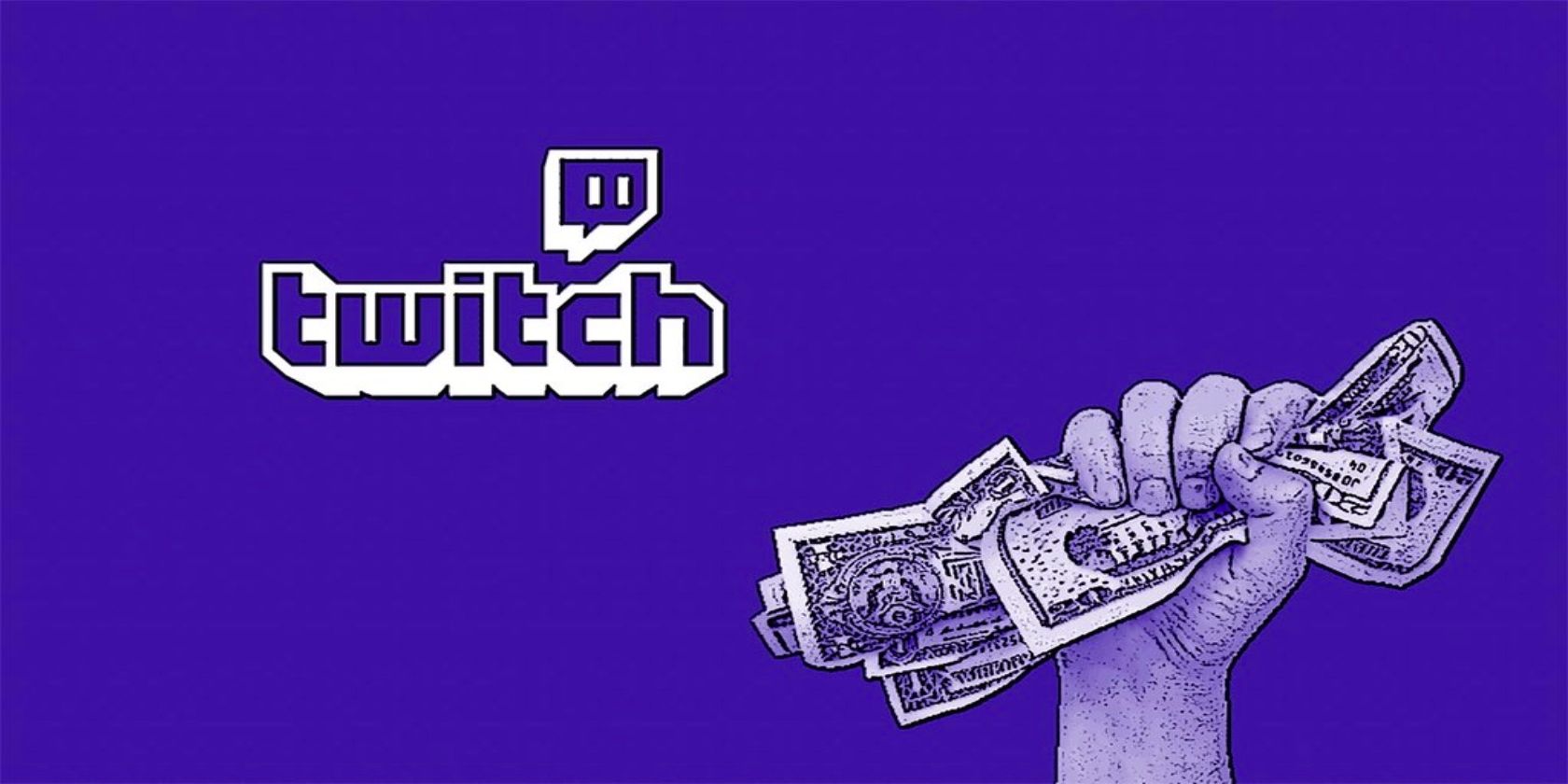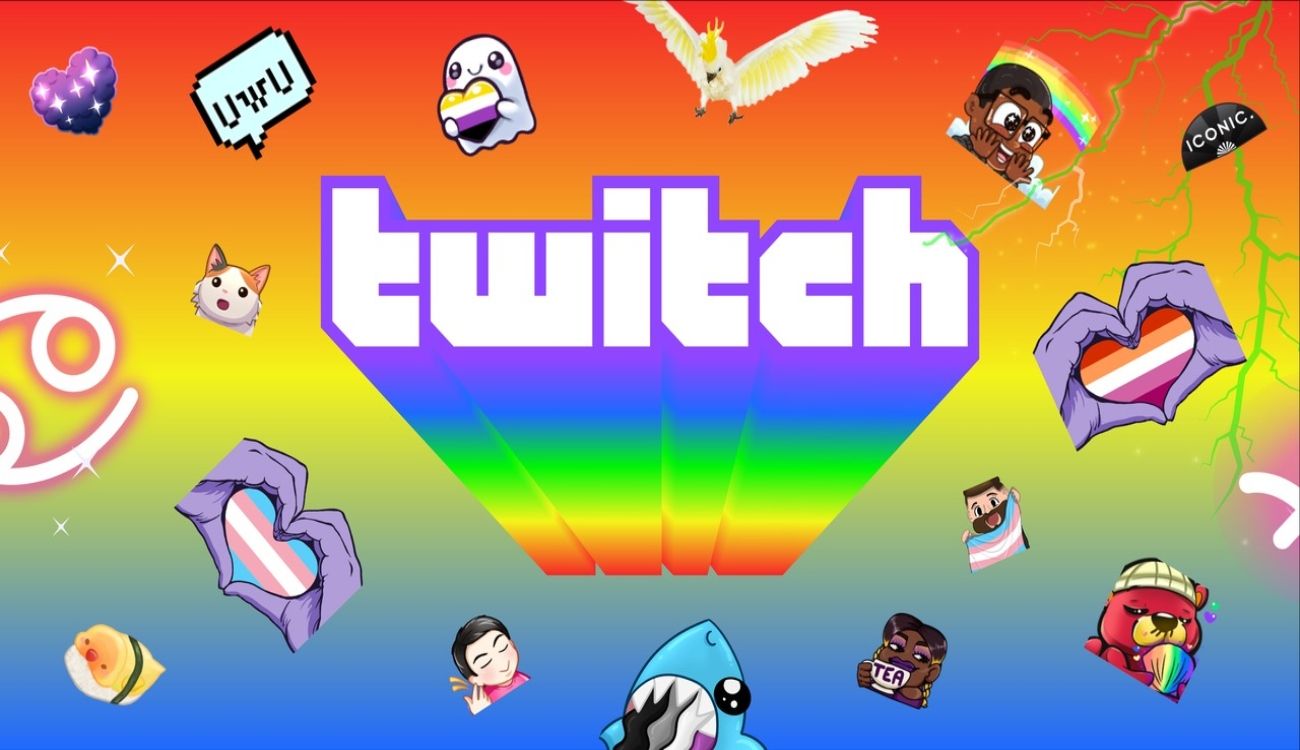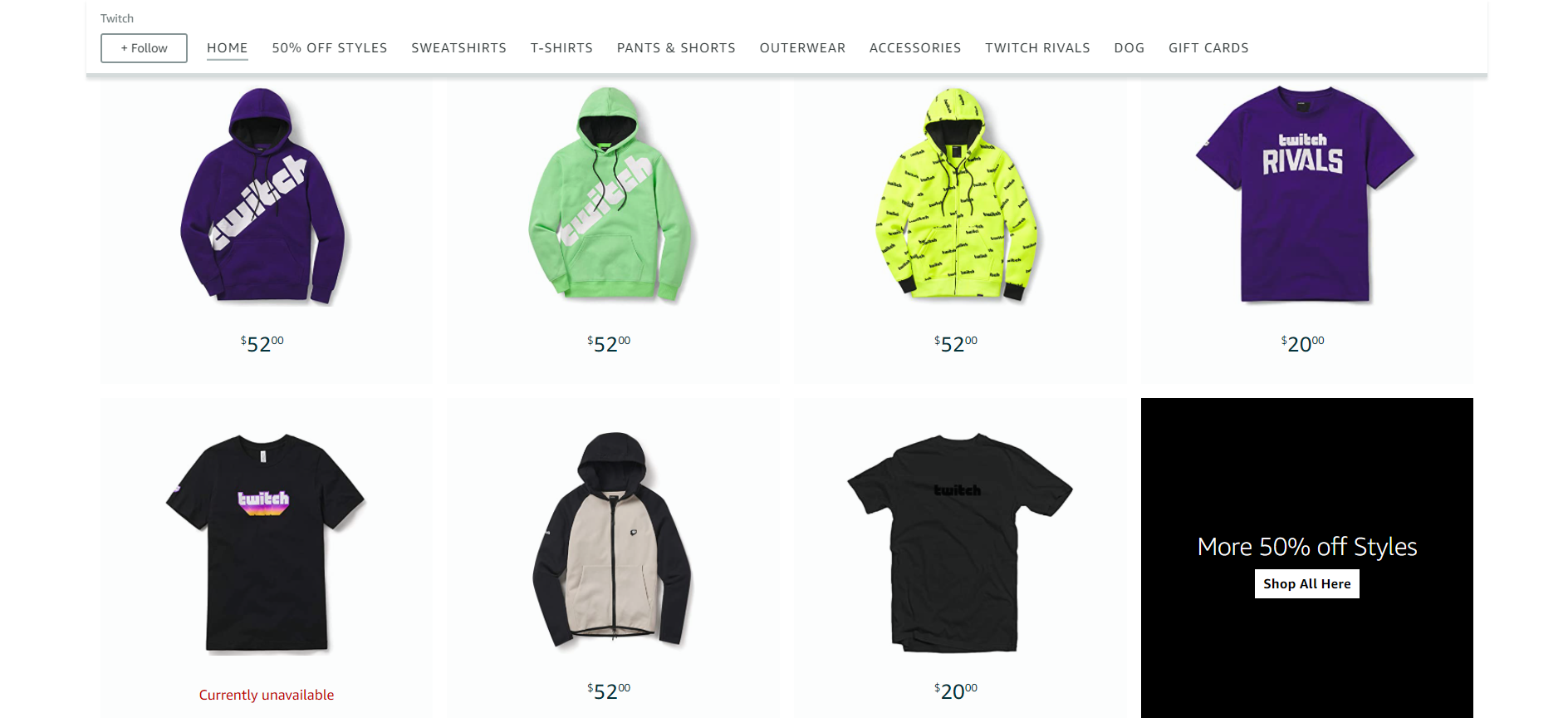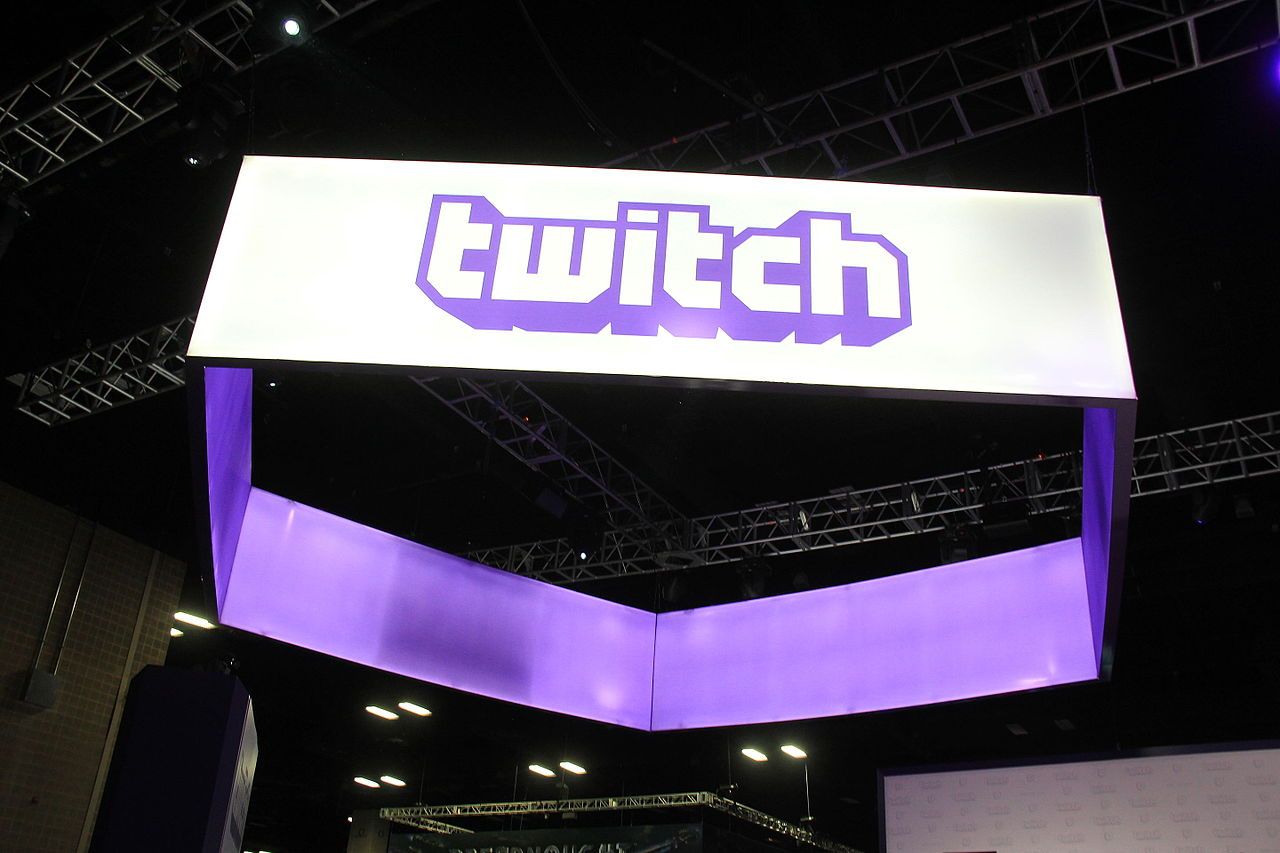When it comes to online streaming, no other platform dominates like Twitch. Founded in 2011 by Yale graduates Justin Kan, Emmett Shear, and Kevin Lin, Twitch has grown to attract not just gamers but also Jeff Bezos.
The company was acquired by Amazon 2014, just three years after its launch, and today hosts thousands of channels on its platform.
With Amazon backing its operations, how does Twitch make money—and how much profit does it make? Keep reading to find out.
Twitch and Online Streaming
Twitch started off as a part of on Justin.tv, a vlog-like platform that broadcasted co-founder Justin Kan’s everyday life. Twitch soon outgrew Justin.tv and the company rebranded entirely to what it's known as today.
Twitch’s main demographic is the video gaming community, but its popularity has also attracted YouTubers, influencers, and mukbangers to engage with their viewers on the platform.
Twitch’s Business Model
Unlike ad-free Discord, Twitch has a very lucrative revenue-generating business model. Twitch has four main income streams: subscriptions, ads, in-platform currency, and merchandise sales.
Let's take a closer look at each of them.
1. Subscriptions
Signing up for Twitch is free. However, the platform also has subscription model. The company offers three tiered paid options for users who wish to give more support to their favorite streamer.
Below are the subscription tiers to choose from:
- Tier 1: $4.99 per month.
- Tier 2: $9.99 per month.
- Tier 3: $24.99 per month.
With each subscription, you’ll have access to a range of added features on a streamer’s channel. They largely depend on what the streamer offers, but generally include things like custom emotes, ad-free viewing, and custom channel badges. Twitch takes a 50% cut from every subscription package.
2. Ads
Most Twitch streamers will plug in ads at the beginning of their pre-recorded videos. The revenue for this is calculated based on cost per mille (CPM) performance, which is the money that Twitch will pay to a streamer per 1,000 views of the ad on their channel.
Exactly how much Twitch takes from each ad varies from streamer to streamer; Twitch works closely with each streamer to nefgotiate a deal. Other factors that would also affect ad revenue include the ad space (is the ad a full length video or just an overlay at the bottom of the screen?), the ad’s keywords, and the industry that the company is in (healthcare or finance, for example).
3. Bits
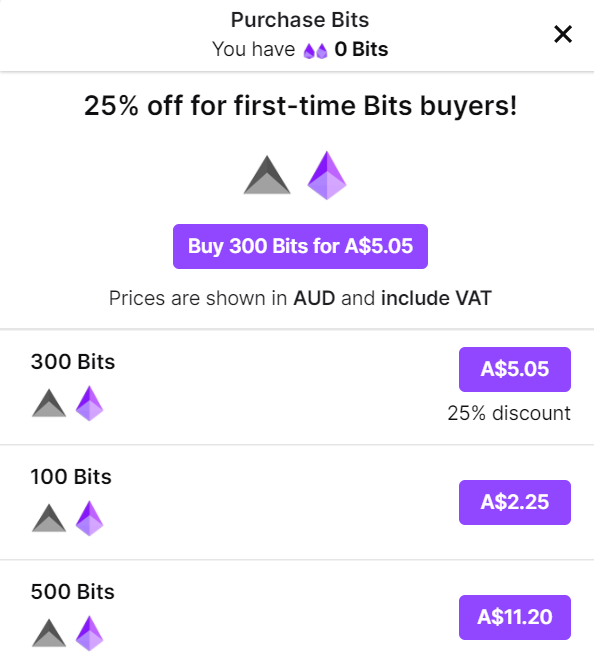
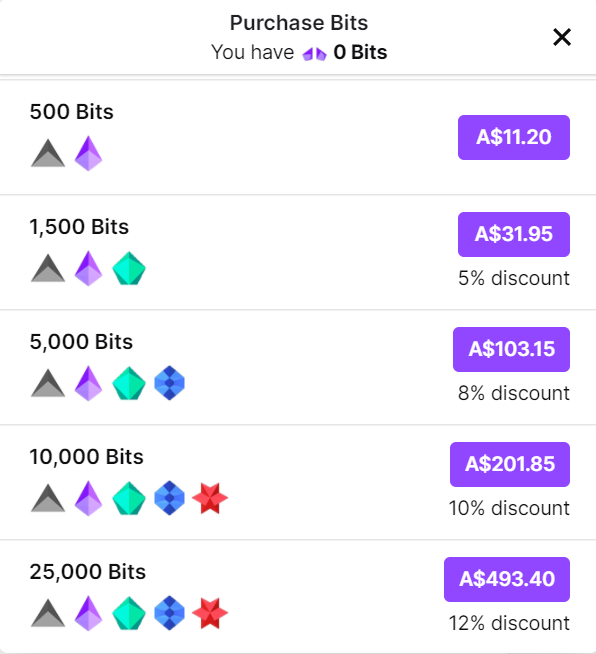
Twitch has Bits, a digital currency unique to the platform. Bits allow users to buy Cheer, which are emoticons that allow them to express their support and enthusiasm to their favorite streamers in a more engaging way.
Twitch offers different price points for the number of Bits that a user intends to purchase. The more Bits used in a stream, the more they get to Cheer, and the more visibility a user gets. Twitch will also reward streamers $0.01 for every Cheer they receive from viewers.
4. Merchandise
With its parent company being Amazon, it’s no surprise that Twitch offers a range of merchandise for fans of the platform. Twitch’s official Amazon store is called the "Loot Cave", and you can buy Twitch-themed outerwear, accessories, and gift cards.
The store ships worldwide, so you don’t have to worry about not being able to buy them if you reside outside of the US. If you are an Amazon Prime customer in the US, you are also able to get free two-day shipping.
Is Twitch Profitable? Yes, Kind Of
From its four main income streams as shown above, it’s clear that Twitch is a commercially successful platform. Amazon bought Twitch for $970 million in an all-cash deal in 2014, and in 2015—just a year after Amazon’s acquisition—Twitch hit 100 million monthly viewers.
However, the number of people on the platform did not really translate to instant profits—at least not for the first couple of years post-acquisition. It was estimated that in 2017, Twitch brought in $102.5 million in ad revenue. In 2018, Twitch brought in $230 million. Both these figures were still far away from the company’s target of $500 million to $600 million.
Amazon does not publish official revenue figures for Twitch, but the company did reveal that in 2020, Twitch recorded 1.9 billion watch hours from viewers.
Reports say that Amazon eventually hopes to push Twitch to generate $1 billion in ad revenue alone in the next couple of years. Considering the continual rise of both streamers and viewers on the platform, Twitch may very well reach its target soon.
Twitch Still Dominates Online Streaming
Being under Amazon’s wing, Twitch’s monetization strategies remain fierce. The platform has diversified its income streams and is well-poised for long-term growth.
Considering the fact that the platform has a share of 73 percent in the online streaming market, it is only a matter of time that Twitch returns huge profits.

